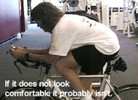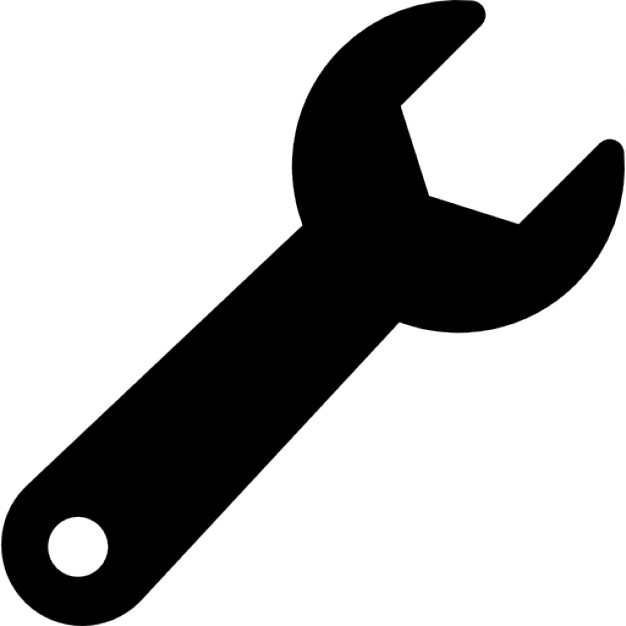The Wrench Does Not Fix The Machine- Bike Fitting
Posted by Matt Russ originally for Active.com on 13th Aug 2016
There are interesting new tools designed to aid the bike fitting process. Some incorporate dynamic motion sensing and capture technology. As a gadget guy, I am compelled by new technology and I often get asked what the “best” fit system or process is. Unfortunately this question circumvents the most key component of a good bicycle fit- how skilled or experienced the person performing the fit may be.
Advanced technology does not necessarily make for a better or more accurate fit any more than a heart rate monitor or power meter automates a better athlete. What is more important beyond the respective joint angles is that there is a feedback loop between the athlete and the fitter. I find that too much technological integration can impede this at times or become a distraction. For instance, I worked with a client that suffered from chronic cycling-related tendonitis in his left knee. I was able to evaluate that his left knee was tracking way too far laterally in a few minutes, I showed him his pedaling technique in the mirror, and videotaped him from a few different angles so that he could see it in slow motion. We then affixed a nylon cable tie to his top tube to give him a tactile and visual cue-- a very simple system for correcting his cycling form. When we were finished, he pulled out a sheaf of papers he received from his computerized fit done several weeks prior and asked me if his lateral knee movement was indicated on any of the charts and graphs they gave him. The system was not necessarily a bad one, but it failed to identify or communicate the basic problem-– and correct it.
There is a point of diminishing returns when it comes to fit technology or technology in general. The athlete can be overwhelmed with information that has little relevance to how the bike fit actually feels or performs off the fit platform. For the fit technician, over reliance on a computerized process may keep the inexperienced fitter from seeing the forest for the trees. In another example, I re-fitted an athlete that had a knee angle of 43 degrees- more than 10 degrees over a good starting point for seat height. This fit never should have left the store regardless of what the computer indicated, and it should have been plainly visible that the saddle was too low to an experienced professional. Yet the athlete had paid hundreds of dollars for this fit.
It is more important to search for an experienced and trained fitter than it is to find the most advanced fit system. Fitting takes years of experience but a computer program can be purchased by any shop or person. More importantly the fitter must properly evaluate and communicate adjustments to the athlete. Fitting should be a dynamic and interactive process, and not rushed. The best fit that hits the proper joint angles precisely is still only a good starting point and will require the athlete to acclimate to or even require small adjustments post fit.
I recommend the following criteria when choosing a fit professional and spending your dollars wisely
Matt Russ is a full time professional coach with over two decades of experience working with athletes up to the professional level. His athletes have achieved numerous regional, national, and international titles under his direction. Matt has achieved the highest level of licensing by both USA Triathlon and USA Cycling, and is a licensed USA Track and Field Coach. His accomplishments include being named "Team USA" Coach by USA Triathlon. Matt is Head Coach and owner of The Sport Factory, a USA Triathlon Certified Performance Center located in Roswell, Georgia. Visit www.sportfactory.com for more information or email him at coachmatt@sportfactory.com



